Westie – West Highland White Terrier
Westie is a typical terrier – full of temperament, spontaneous, independent, fearless and endowed with a strong character. He is a friendly to people. When it comes to the personality, there are many differences within the breed. However, it is commonly known that the breed is not suitable for everyone. Although the dogs are not of a considerable size, they have a surprisingly strong character.
FCI Classification
- Group 3: Terriers
- Section 2: Small-sized Terriers.
- Without working trial
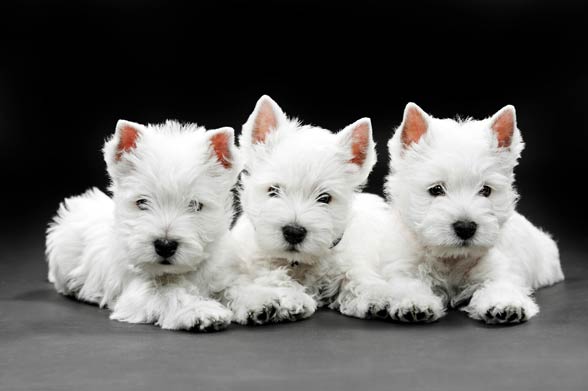
Breed’s history
Scottish Terriers appeared quite early, during the reign of James I between 1567 and 1626. The king imported over a dozen of terriers from Argyll, which were supposed to be given to the king of France. The sand and tabby varieties were commonly considered as the strongest whilst the white ones were labeled as the weak.
The breed was also known on one of the Spanish Armada’s ships. On the ship, there were white Spanish dogs whose ancestors were separated from other breeds by the MacLeod family. The other families from Skye, where the ship wrecked, sheltered the white and the sable varieties. George Cambell, 8th Duke of Argyll and the head of Campbell family, was breeding Scottish terriers known as Roseneath Terriers.

Pittenweem Terriers
At the same place, other white terriers were developed by Dr Emeric Edwin Flexman who called the line Pittenweem terriers. It originated from a Scottish terrier female, whose offspring was white. After a long period of time, the breeder agreed with the theory that the white coat is an inherent characteristic of terriers and decided to bring it back to regular breeding. He started to reproduce terriers in order to raise its status and make it equally recognized as a dark variety. At the end of the 19th century, the first white terriers took part in the dog shows.

Edward Donald Malcolm
The most famous person who contributed to the development of modern West Highland White Terriers was Edward Donald Malcolm, 16th Laird of Poltalloh. The first terriers were used as hunting dogs. According to one of the stories, a red-black terrier was once shot due to the fact that it was confused with a fox. After this accident, Malcolm decided to develop white terriers, which he called Poltalloh Terriers. The dogs were crossbred with Pittenween Terriers.
In 1903, Malcolm highlighted that he did not want to be considered a breed’s creator as the breed that developed under his surveillance had only been modified. The name West Highland White Terrier appeared for the first time in the paper of L.C.R Cameron Otter and Otter Hunting published in 1908.

The first breed’s club
The first breed’s club was founded in 1904. Its head was Niall Campbell, a duke of Argyll. A little while later, another club was founded by the countess of Aberdeen. Soon after that, Malcolm himself became a vice-president of the club. The UK Kennel Club registered the breed in 1907 when it appeared for the first time at Crufts. Between 1907 and 1908, two champion Westies were imported into the USA by Robert Goelet: Ch. Kiltie and Ch. Rumpus Glenmohr.
At the same time, the AKC was calling white terriers Roseneath terriers. Then the club with the same name was founded. However, a year later, the club’s name was changed to West Highland White Terrier Club of America. The Canadian Kennel Club recognized the breed in 1909 what could have been connected to the fact that the breed had gained quite recognition at that time in the New World. In 1930, when Malcolm died, the breed had already developed – it had characteristic perky ears, white coat, and short body.
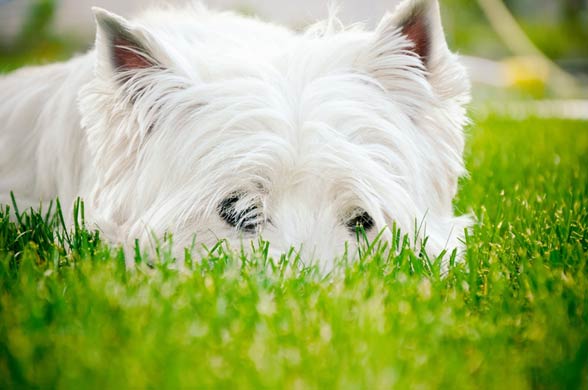
The breed’s success
The breed achieved enormous success on the both side of the Atlantic Ocean, once it was included into standards. The first champion was Ch. Morvan, which gained a championship in 1905. It was registered as a Scottish terrier at that time. It gained a title at the show organized by the Scottish Kennel Club as a 7-month old dog.
The breed was not yet considered as a separate one at that time, therefore the dogs could not keep the championship even though the breed was registered as a West Highland White terrier.
The second grand championship took place in 1942 during the Westminster Kennel Club dog show, where the second place was taken by Elfinbrook Simon in 1962. It was not until the next 14 years when another breed’s representative gained a championship. The last West Highland White Terrier to win gained its title in 1990.

Characteristic
Although it is quite small, it is very strong. Its chest is deep and the top line is straight. The forelegs are strong and the hind ones are muscular. It is a strong and active dog.
Its eyes are neither small nor big, set widely apart, round. The iris is very dark. Above the eyes, there are visible hairy eyebrows, which make it look intelligent and clever. The ears are small, perky, pointed, set moderately wide apart. There is short and soft fur on the ears. The show dogs should not have the fringes on the tips of the ears. The tail’s length ranges from 13 to 15 cm (5 – 6 in). It is straight and covered in coarse hair. The coat has two layers. There is a 5 cm (2 in) coarse topcoat and soft, dense and short undercoat. Certainly, the coloration is white.
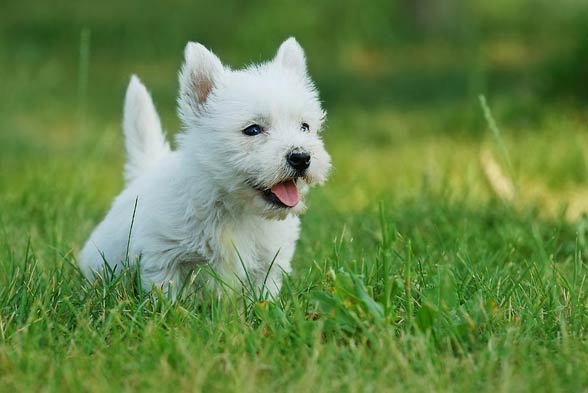
Temperament
The dogs differ significantly when it comes to the temperament and the personality. Some of them are friendly towards children, others overly attached towards their food or toys. They are usually very independent and self-confident, therefore they make great guarding dogs. When it comes to the personality, even though they are hardly similar to Labradors, they are very loyal towards their owner. They require a lot of physical activities (at least for 15 – 30 minutes a day). It is the most socialized, friendliest and happiest breed among all Scottish terriers.
The breed is stubborn and strong, therefore it is difficult to train and must be taught for the whole life. It needs to have its memory refreshed because it may forget what it learned. Due to its strong hunting instinct, it loves chasing its toys, especially the balls. Moreover, as a tracking dog, it likes barking and digging the holes.

Health
According to the AKC’s estimates, Westies’ lifespan ranges from 12 to 16 years. Their average lifespan is 11.4 years. The veterinary clinics from the United Kingdom indicate that the breed lives from 10.5 to 15 years.
The breed is predisposed to several genetic diseases including an abdominal hernia. The pups are prone to craniomandibular osteopathy, which is also known as “lion jaw”. It usually occurs in puppies which are not more than 1 year. It manifests in problems with chewing and swallowing and may lead to death. However, it may be treated with anti-inflammatory medications. In some cases, the dogs need to be fed through the tube. When the dog is not able to eat in a normal way and is in pain, the euthanasia is the only solution.
Skin diseases are common within the breed. Approximately 25% of West Highland White terriers suffer from atopic dermatitis and other heritable chronic allergic skin conditions. The males are more prone to the aforementioned problems than the females. In the worst cases, the lichenification, and hair loss may occur.

Another genetic disease, which may occur within the breed, is globoid cell leukodystrophy, which constitutes degenerative disorder of the nervous system. It does not occur solely in this breed, it occurs also in Cairn terriers, Beagles, and Pomeranians. The first symptoms reveal in the 30th week of life when a sick dog starts shivering, has weak muscles and experiences walking abnormalities. The symptoms develop with time and may lead to the full paralysis of the legs. The disease is genetic, therefore it is recommended that the owners do not reproduce the dogs with a faulty gene.
Within the breed, a so-called “white dog shaker syndrome” occurs quite often. This disease occurs commonly in the West Highland White Terriers and in the Maltese. It is said that the disease is connected to the white coloration, however, it appeared as well in dark Yorks and Dachshunds. The disorder develops within 1 to 3 days as a result of the head and limbs tremors and leads to dysmetria which is a lack of coordination of movement. The symptoms may linger for 4 to 6 weeks in the case of females and when it comes to the males, they may be affected for the rest of their lives. Other, less common diseases, which occur within the breed, are degeneration of the hip joint (Perthes disease), ataxia or Luxating patella.

Detailed information and dimensions
West Highland White Terrier
- Height at shoulders: 26 – 30 cm (10 – 12 in)
- Weight: 7 – 10 kg (15.5 – 22 lbs)
- Lifespan: 10 – 15 years
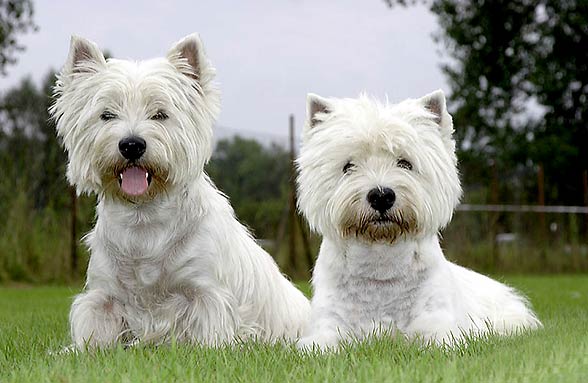
West Highland White Terrier – curiosities
- The breed originated from two breeds: Scottish terrier and the Cairn terrier
- The breed was so popular at the beginning of the 20th century that the dogs used to be exchanged for one hundred guineas (more than 100 pounds)
- In 2010 Westie was the third most popular breed in the UK.
- In Stanley Coren’s ranking of the most intelligent dog breeds Westie took the 47th
- Within one litter there are 3 – 5 pups born. However, in 2012 a female Isobel gave birth to 11 puppies.
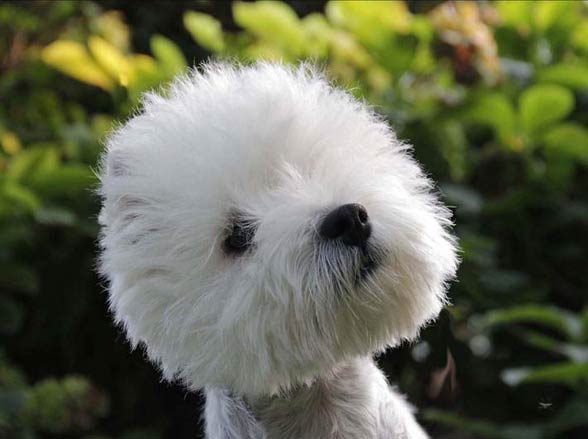








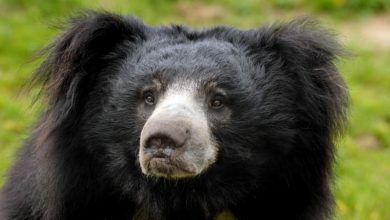
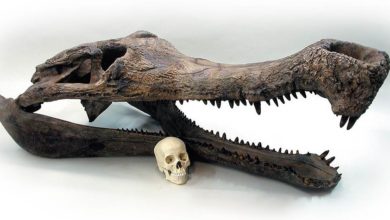

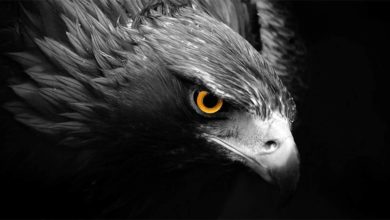
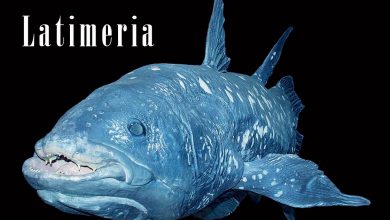




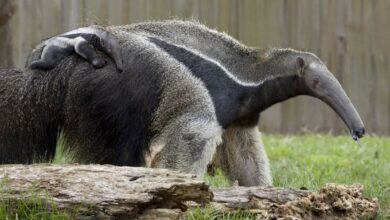

Wow is very beautiful dog and I love this breeder.